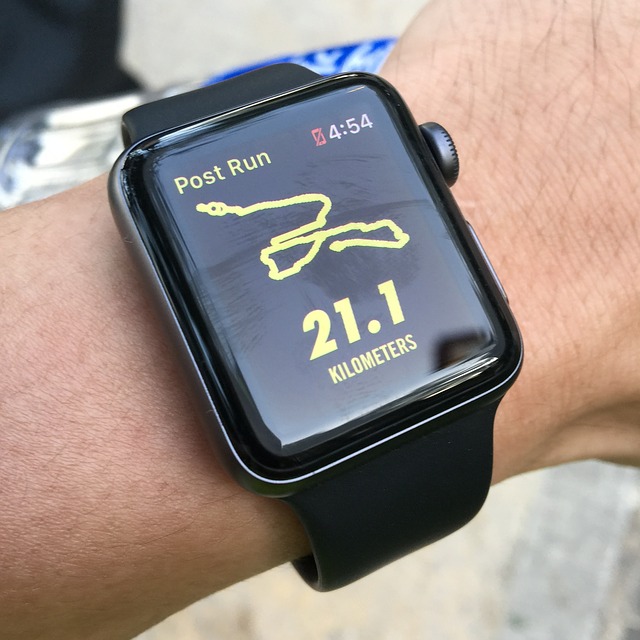If you’re someone who writes their own training plans, it can be a difficult task with so many potential choices to make. Here I’ll give you some tips to make it a whole lot easier and more effective.
What you need to consider
There are numerous aspects you can plan for. Some of the list of topics below will overlap a little by default, and you can include as many or as few of these as you feel able to handle (either from a complexity or knowledge perspective).
– Training load (combination of frequency, intensity, duration, and types of session)
– Strengthening work
– Technical drills
– Paces relative to your goal pace
– Distances relative to your goal distance
– Different session types to include (recovery runs, hills, intervals/efforts, tempo runs etc.)
– Tapering for race day (including the duration and style of taper)
– Test runs
– Rest days
– Active or passive recovery
– Social life and working around the schedules of your partner or family
As you can see this is an extensive list, and there are other potential factors that sit outside of a training plan which will also dictate some aspects of the plan (travel and diet for example).
How to create your plan
Start with the end is mind is a key aspect of planning. If your goal is to run 10k in under 40 minutes, you need to be able to run at a high enough pace for long enough in training to give yourself a chance come race day. That doesn’t mean performing a full race paced run in training necessarily, although if your race is several months away, it isn’t a bad idea to race a training run every 4-8 weeks to ensure you’re progressing appropriately.
I like to plan weeks 8 and 7 first. They’re relatively straight forward to help get the ball rolling. I stick with a high intensity but short distance/duration week prior to race day, and assuming a Sunday race, won’t run after Thursday evening.
The end of week 7 is your last fitness gaining session before the taper (for distances up to 10 miles, beyond that I recommend 2-3 weeks of tapering), so this will likely be a longer AND more intense session (other factors considered of course).
Once your end point is set, you can plan your first week based on where your fitness and training are currently. This ensures it’s safe but also progressive from the beginning. After weeks 1, 7 and 8 are set, you can either work through 2 to 6 sequentially, or use the pattern 2, 6, 3, 5, 4 to fill in the gaps, considering the prior and forthcoming weeks.
Skeleton plans
The method above can be used with lots of detail for each session, or the bare bones set in place before adding more detail each week. I use this approach for myself and my clients, as it’s more flexible but still has a long-term effective plan in mind. If you need an easier week, you can do it. Sessions not proving hard enough? Increase the intensity, duration, or frequency of sessions.
It can be tricky to ensure a well-rounded programme using this method (it’s easy to forget when you last did hills for instance) so I’d only recommend using a skeleton plan if you’re someone who is very detail driven and will look back at what you’ve done in training each week.
Whichever method you choose to plan your running training, you’ll see improvements in fitness and get a better understanding of what you’re capable of. If you’re not sure what to do, get in touch.
Written by Kyle Brooks, Running Coach based in Norwich, Norfolk







